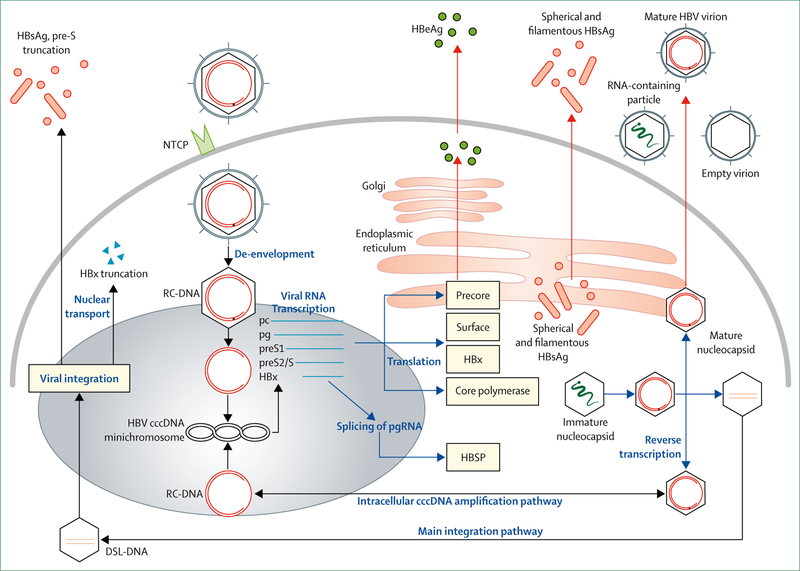Figure 1: The hepatitis B virus replication cycle.
Following viral entry via binding of the preS1 domain of the large envelope protein to the sodium-taurocholate co-transporting polypeptide (NTCP) receptor8 on the hepatocyte plasma membrane, the viral and cellular membranes fuse to release the nucleocapsid, which is transported into the cell nucleus.The nucleocapsid then disassembles to release its cargo of partially double-stranded genomic viral DNA. The host DNA repair machinery9 converts the incoming DNA to covalently closed circular DNA (cccDNA) molecules that are packaged into chromatin-like minichromosomes by histone and non-histone proteins,10,11 whereupon it acts as the HBV transcriptional template and long-lived reservoir in the hepatocyte nucleus.10 The 3∙2 kb HBV genome is organised into four overlapping but frame-shifted open-reading frames encoding the core protein (HBcAg, nucleocapsid); polymerase (P); the precore protein, which is processed to secreted hepatitis B e antigen (HBeAg);12 hepatitis B surface antigens (HBsAg, consisting of the large, medium, and small envelope proteins); and the X protein (HBx). A number of virus-encoded promoter and enhancer elements promote transcription of five major mRNAs, namely pregenomic (pgRNA, also the core mRNA), precore mRNA, preS1 and preS2/S mRNA, and HBx mRNA, which are translated into the aforementioned seven viral proteins. The pgRNA is encapsidated with P and reverse transcribed into DNA. Following viral DNA synthesis mature nucleocapsids are either packaged with envelope proteins to be exported as infectious virions, or recycled back to the nucleus for cccDNA replenishment. DSL-DNA=double-stranded linear DNA. RC-DNA=relaxed circular DNA.

